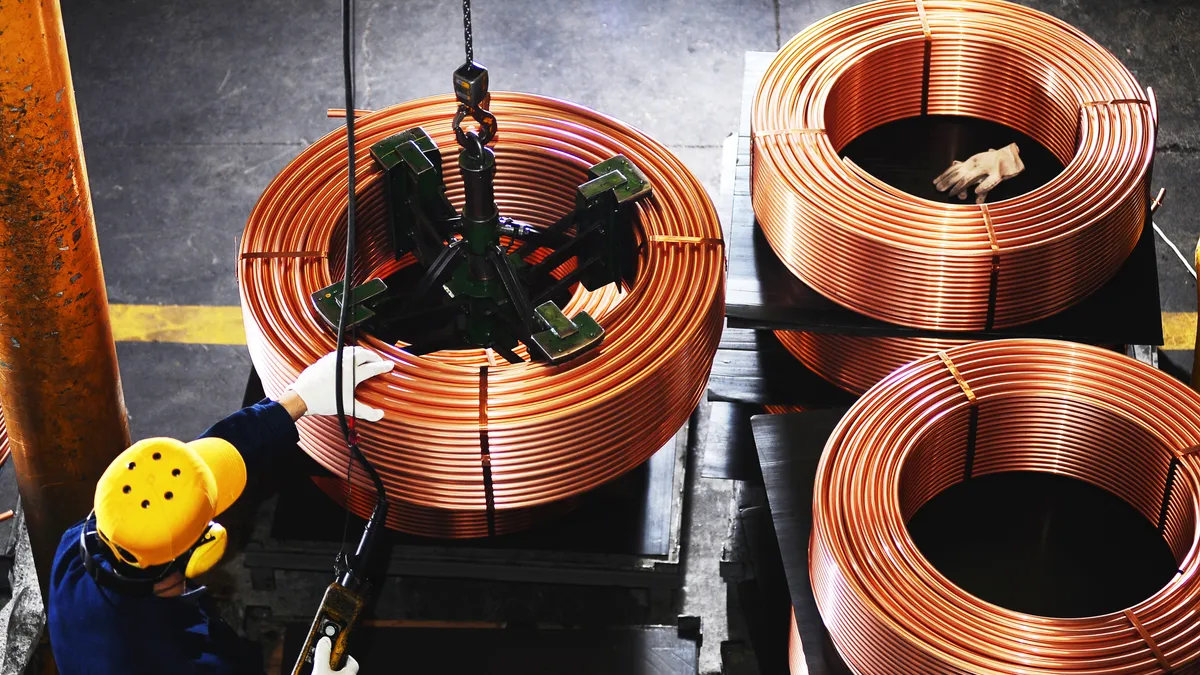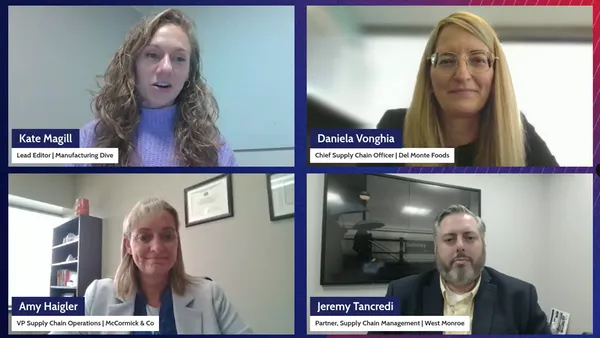Engineering and designing great parts: That’s what design engineers know best and love to do.
But designing a great part is only one piece of the manufacturing puzzle. Sourcing and supplying custom components are critical steps in bringing new products to market quickly. Because you know your components better than anyone, these responsibilities often fall to you, the engineer.
Sourcing custom-manufactured parts isn’t a fast or simple job. It involves a never-ending cycle of searching for qualified vendors, reaching out to gauge interest and availability, obtaining pricing, comparing quotes, following up to validate capabilities and evaluating their performance as the relationship progresses.
“When engineers have to wear many different hats and juggle everything involved with procurement, they’re far less productive,” explains Andy Sherman, global vice president of global core operations at Fictiv. “It also slows down the process to release a product to market.”
Even in large organizations that have supply chain resources to oversee vendor management, engineers are often involved in sourcing parts. “No matter what, it’s a time-consuming and expensive — but necessary — process to qualify, onboard and actively manage each supplier,” says Sherman, “from searching an online database of 500 shops to twiddling your thumbs and waiting to get quotes back.”
How most engineers manage custom-manufactured parts
There are several ways you can source and supply custom components.
Some engineers rely on in-house resources that fit in custom work on occasion, assuming that the manufacturing shop isn’t overwhelmed with daily production. Others form relationships with a single vendor that provides a certain capability, such as CNC machining, injection molding, or finishing — which means sourcing several manufacturing partners to get all the components of the job done. Other engineers attempt to manage an ever-evolving approved list of vendors they can reach out to when they need custom parts, but maintaining those relationships can be difficult. Plus, the task of finding a shop willing to take on small or one-off custom orders is a tedious, often fruitless task.
“There’s a lot of risk involved when an individual mechanical engineer or product designer has to manage their own approved vendor list,” says Sherman. For example, what happens when your in-house team has to focus on a time-sensitive project instead of yours? Or your go-to resource down the street disappears?
How high is your bar for supplier selection?
There’s never been a better time to reconsider how you source custom parts than now — in 2023. Supply chain resiliency is critical to guard against supply chain disruptions. Customer demands are increasing, and streamlined workflows are needed to boost productivity and collaboration.
Supplier selection is critical in ensuring a robust supply chain. You may want to re-evaluate your approach to supplier selection if you experience any of these struggles:
- Prior to quoting, suppliers don’t provide design for manufacturability (DFM) feedback, explain what can and cannot be produced, or suggest design changes to reduce costs and lead time.
- Parts aren’t built to spec when you receive them.
- Design reviews don’t go well: Parts aren’t ready on time or aren’t compatible with other components.
- Current vendors (or your in-house shop) push projects and timelines back due to higher-priority commitments.
- Existing vendors aren’t available when you need them.
- A project requires new capabilities or finishing processes not offered by current suppliers.
The value of having access to a vetted supplier network
How much better would life be if you had a vetted, consistent and readily available network of experts and robust suppliers ready to bring your product innovations to fruition?
Partnering with strategic sourcing, quality and legal experts like those at Fictiv means you have a team working behind the scenes to create a robust supplier network for your projects. With nearly unlimited capacity, this network puts time back on the clock that you can redirect toward other design and engineering activities.
Acting as an extension of your own team, these experts do the upfront work for you. They oversee the entire procurement process — from qualification and onboarding to active ongoing management — so you can be confident about working with a manufacturing partner that meets your needs.
They can go beyond simple evaluation of key performance indicators — such as quality, price, lead time and production capabilities — to do many things you may not have the time or resources to do. At Fictiv, for example, this includes a highly vetted and managed partner network to ensure high quality standards.
Sourcing experts like Fictiv also follow trusted best practices, quality metrics and scorecards to build robust supplier networks that offer:
- Expert manufacturing and organizational capabilities to turn your design into the product you envision.
- Expertise to help you not only source custom-manufactured parts, but also reduce the number of design iterations required so you can bring your product to market faster.
- A strong feedback loop when things go wrong, including an explanation of what happened; a corrective action report for every on-time, in-full (OTIF) failure; and strategies to prevent the issue from happening again.
- Real-time communication using a platform that offers transparency and allows you to monitor progress at every step of production.
“It’s best to focus on finding a partner with a continuous improvement mindset,” says Sherman. “No matter the supplier, things will always go wrong. But how will that supplier react? How will they work with you to make sure it doesn’t become a recurring issue? How can they build your confidence so you can trust them to bring your products to market faster?”
He explains that guided expertise is also a critical component of successful partnerships. For example, insights from suppliers in Fictiv’s vetted network help you improve manufacturability so you can get your product to market faster — and more cost effectively.
There’s a lot riding on your new design. Having access to a vetted, consistent and readily available network of suppliers means there’s one fewer obstacle to bringing your product to market. You can focus on design and engineering while experts work behind the scenes to design and deliver your custom parts. If it’s time to reconsider how you source custom parts, learn more here.










